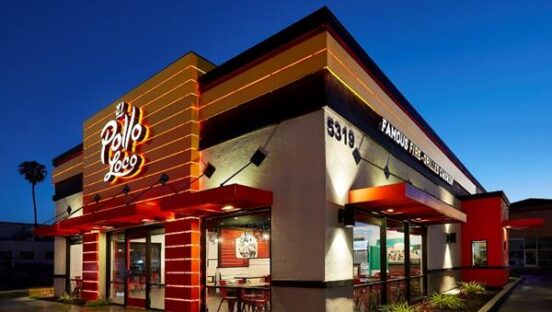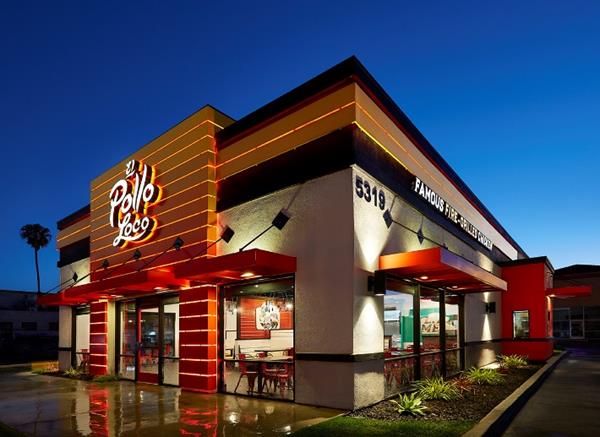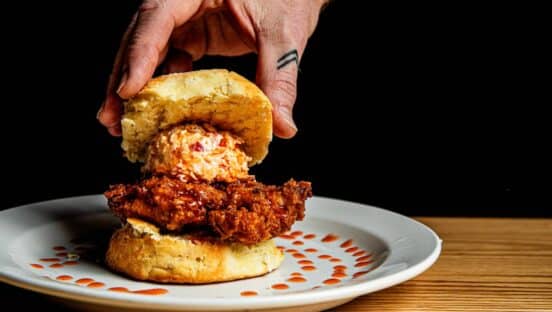El Pollo Loco interim CEO Larry Roberts will be the first to tell anyone that staffing has been a challenge.
“I hope it gets better, but I’m not sure it’s going to a lot better real fast,” he said during the recent ICR Conference. “Again, next year I think it’ll get better and better, but I think longer-term, this is something restaurant companies are going to have to deal with.”
The 480-unit chain revealed that because of labor struggles, same-store sales at company-run stores were impacted by 5 to 6 percentage points in the fourth quarter. Corporate stores saw comps increase just 0.3 percent in on a two-year basis, while franchise same-store sales grew 17.9 percent in the same period.
El Pollo experienced the same issue in Q3. Franchise same-store sales increased 12.6 percent versus 2019, while company-owned stores experienced 4.8 percent growth.
“We have got to do more around staffing and retaining people in our restaurants,” Roberts said. “That goes for everything from how you’re recruiting to pay. We’re very targeted with what we’re doing around pay.”
But more importantly, the chicken fast casual is focused on creating a work culture based on recognition and development. Roberts said it was an initiative El Pollo was using prior to the initial wave of COVID, but the brand “just lost track of that, quite frankly.” The restaurant has worked to reverse that trend, including emphasizing career paths and incentivizing employees to take on new roles.
In November, the company said it increased resources to improve the sourcing of candidates and speed of applications, bolstered its training budget, and launched an “Employee Appreciation Month,” which includes an engagement survey for workers to provide feedback.
Additionally, El Pollo has spent recent years simplifying operations to reduce stress points inside the restaurant, like making cooking processes easier and installing a new inventory system in the back of house.
For instance, the brand previously used a 744-page operations manual, but that was cut to 74 pages. The brand also switched its decades-old chicken cooking method. Beforehand, El Pollo required four stages of the grill and four temperature settings, and the kitchen used two cuts of birds that each had different cooking procedures. Now there’s one stage and one cooking procedure, regardless of the cut. Lengthy recipes were shortened to six steps or less, as well.
The chain went as far as creating a task force that investigates new equipment that could make restaurants more efficient, different processes that could be “dramatically simplifying,” or machines that could reduce the amount of labor required.
“So we did some things, but there is so much more we can do,” Roberts said. ” … When you’re making food fresh every day and fresh ingredients and everything else, you’re a little more complicated than most [quick-service restaurants]. The more we can simplify that, the easier it is.”
El Pollo is far from the only restaurant trying to solve staffing woes. Roughly 920,000 workers in accommodation and food services quit their jobs in November, according to the Bureau of Labor Statistics. That’s an approximately 25 percent increase from October, and represents about 7 percent of the entire food and beverage industry.





